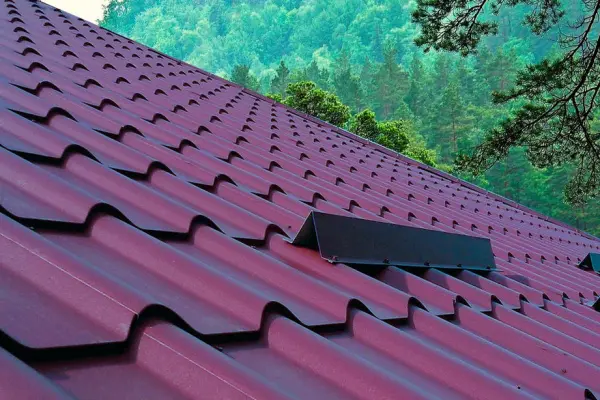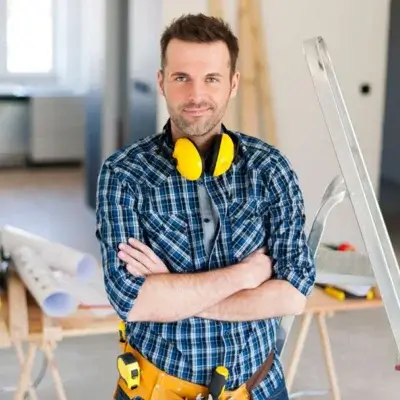Metal roofing, whose price varies from $7 to $45 per square meter in 2025, has become a real lifesaver for construction budgets. Why specifically metal? The cost of metal tiles and other metal coverings is determined by dozens of factors, but the result is always predictable - durability is measured in decades, not years. In my practice of working with private clients, I often notice a pattern: the right choice of material saves up to 40% of the budget for a 30-50 year perspective, making the initial investment more than justified.
The market has changed dramatically. Roofing price factors now include not only basic parameters - metal type, sheet thickness, polymer coating. Considering the structural features of modern buildings, metal roofing has transformed into a high-tech system. Roofing savings is an art of balance between initial costs and long-term benefits.
Types of metal roofing: price and quality in balance
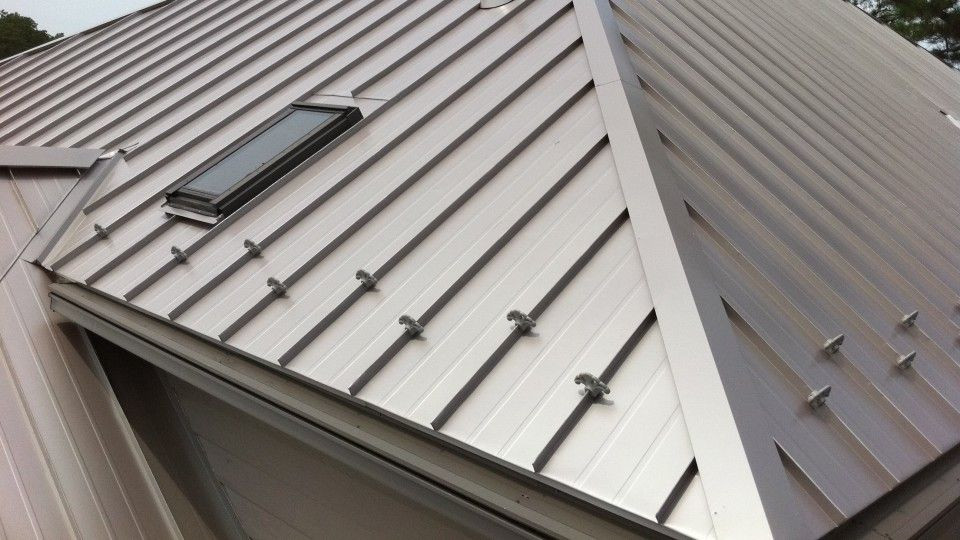 Metal tiles or corrugated sheeting? This question is heard on every construction site. But the modern market offers much more options than many imagine. Copper roofing, like good wine, only becomes more beautiful with years - from bright orange to noble emerald shade. Zinc roofing is conquering the European market thanks to unique patina self-restoration properties.
Metal tiles or corrugated sheeting? This question is heard on every construction site. But the modern market offers much more options than many imagine. Copper roofing, like good wine, only becomes more beautiful with years - from bright orange to noble emerald shade. Zinc roofing is conquering the European market thanks to unique patina self-restoration properties.
The metal roofing price list resembles a haute cuisine restaurant menu. The price per m² of metal roofing varies not simply by material, but by an entire philosophy of approach to construction.
The modern market offers a wide spectrum of metal roofing materials, each having its own features and price range.
| Metal type | Price per m² ($) | Service life (years) | Features | 2026 trend |
|---|---|---|---|---|
| Galvanized steel | 7-12 | 25-30 | Basic protection, accessibility | Stable |
| Aluminum | 9-14 | 30-50 | Corrosion resistance | Growing popularity |
| Zinc | 19-27 | 50-80 | Self-protective patina, durability | Rapid growth |
| Copper | 20-45 | 50-100+ | Unique aesthetics, patina | Premium segment |
| Titanium-zinc | 35-50 | 60-100 | High corrosion resistance | New trend |
| Stainless steel | 15-30 | 50-70 | Resistance to aggressive environments | Commercial sector |
This table demonstrates that the modern metal roofing market offers solutions for any budget and requirements, with growing interest in premium materials. Detailed information about the service life of various metals can be found in This Old House research, where the durability of each type of coating is examined in detail.
"Zinc roofing forms a protective patina that prevents further corrosion, but deep mechanical damage requires repair. In our project in Vienna, zinc roofing showed excellent resistance to atmospheric influences over 12 years of operation, although scratches from installation remained visible." - Eng. Thomas Weber, roofing engineer (according to professional publications)
Current metal roofing prices: 2025 market analysis
The cost of metal tiles has increased by 15-25% over the past year. The main reason? Metal roofing calculation, which now takes into account the volatility of commodity markets, has become more technological. Roofing material prices are formed under the influence of several megatrends, from environmental requirements to smart technology integration. The current cost breakdown by regions is provided by HomeGuide with detailed breakdown by materials and work.
The cost of roofing installation constitutes the lion's share of the budget. In one of the recent projects in Munich, installation cost €18 per m², which exceeded the cost of the material itself by 40%. It should be noted that qualified roofers are becoming fewer, and their services are becoming more expensive.
Regional features: where to buy cheap metal tiles
Geography matters. In major European cities, costs differ dramatically - Berlin shows an average installation cost of $8-15 per m², Munich requires $12-20 per m². Metal roofing calculation that takes into account local norms, climate and material availability can cost 30-50% more than basic rates. But there's a nuance - it's often cheaper to order roofing installation in a neighboring region with a traveling crew.
2025-2026 trends: what determines the future of metal roofing
Corrugated sheeting, whose price remains in the budget segment, is gradually yielding positions to high-tech solutions. Unexpected? Not at all. Integrated solar panels are becoming not a luxury, but a standard of the premium segment - like air conditioning in a car.
Five trends changing the rules of the game
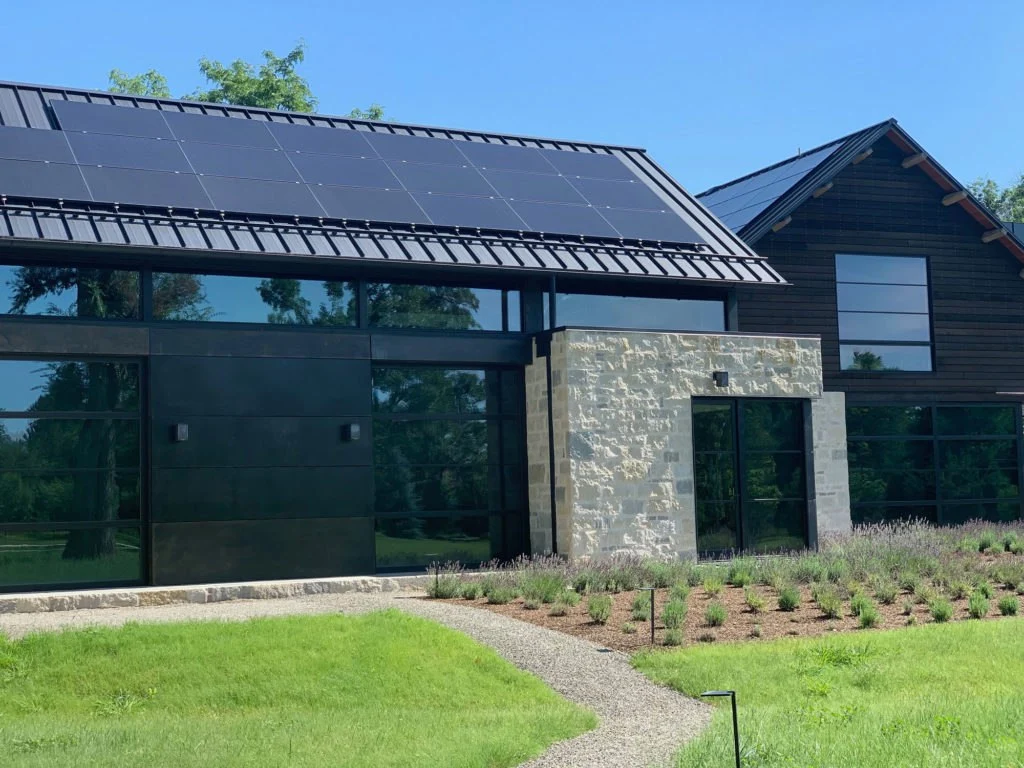 In practice, I often notice how clients are surprised by the capabilities of modern materials.
In practice, I often notice how clients are surprised by the capabilities of modern materials.
The observed trends indicate significant changes in consumer preferences and production technologies.
- Zinc roofing with accelerated patina - pre-aging technology allows getting the desired color immediately
- Integrated solar systems - metal roofing becomes part of the home's energy system
- Smart coatings - coatings with IoT sensors for condition monitoring
- Composite metals - alloys with improved characteristics
- Antibacterial coatings - especially relevant for public buildings
These trends shape the future of the industry and influence investment decisions of manufacturers and consumers. Detailed analysis of innovations in the roofing industry is regularly published by Roofing Contractor Magazine, covering the latest technological developments and market trends.
"In recent years, there has been sustained growth of interest in metal roofing systems in Europe. The main drivers are environmental requirements, durability and energy efficiency of materials." - analytical report European Construction Materials Association, 2024
Copper roofing: when price is justified by prestige
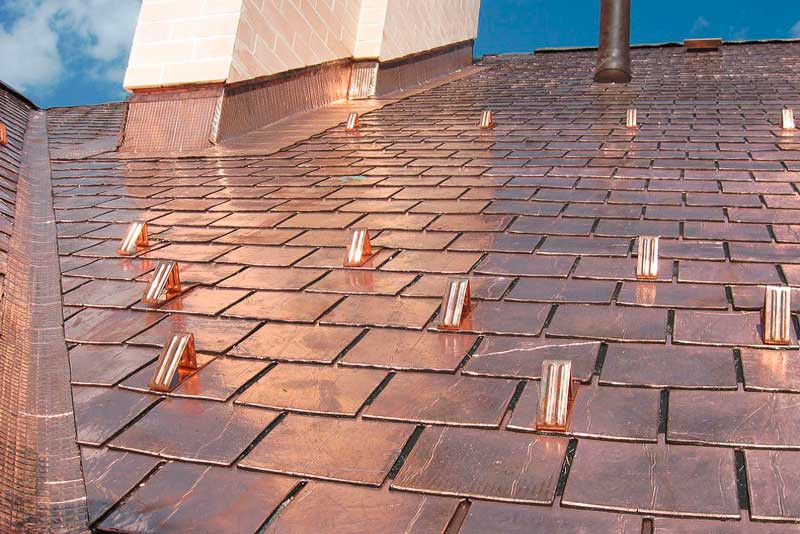 Copper is the aristocrat among metals. Copper roofing remains a symbol of refined taste and serious real estate investment. On one of the objects last season, we observed an amazing transformation - copper changed color from bright orange to noble green in just two years in the humid climate of the coastal zone.
Copper is the aristocrat among metals. Copper roofing remains a symbol of refined taste and serious real estate investment. On one of the objects last season, we observed an amazing transformation - copper changed color from bright orange to noble green in just two years in the humid climate of the coastal zone.
Standing seam roofing, whose cost includes jewelry work on connecting sheets, requires masters of the highest class. Copper seams are true art passed down from generation to generation. Not everyone can. But the result is impressive.
Economic aspects: is it worth overpaying for copper
Trim elements, whose price for copper reaches 35-40% of the main material cost, are manufactured individually. Each strip is unique. But there are pitfalls: copper is capricious in combination with other metals, galvanic corrosion occurs. That's why all fasteners must be copper or specially treated.
Zinc roofing: technology of the future today
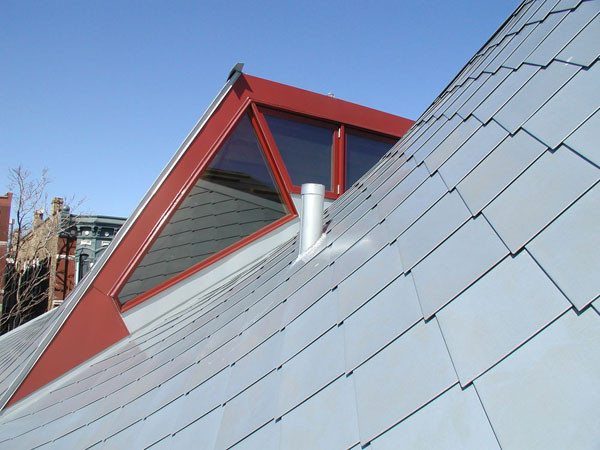 Zinc demonstrates unique anti-corrosion properties. It's known that this metal forms a protective patina - a dense oxide layer that prevents further oxidation. The process doesn't "heal" mechanical damage but significantly slows corrosion in areas of natural wear.
Zinc demonstrates unique anti-corrosion properties. It's known that this metal forms a protective patina - a dense oxide layer that prevents further oxidation. The process doesn't "heal" mechanical damage but significantly slows corrosion in areas of natural wear.
Metal tile installation, whose cost is growing faster than inflation, cannot compete with zinc in durability. The service life of quality zinc is 50-80 years under normal operating conditions, which significantly exceeds steel analogs.
In 2023, a private developer from Munich replaced 20-year-old metal tiles with zinc roofing. The investment was €32,000 versus €14,000 for standard metal tiles. He received a 30-year manufacturer warranty and actual energy savings of 18% thanks to reflective properties. Over three years, the patina acquired a characteristic gray shade, increasing the architectural value of the house. Annual heating savings amount to €680.
Cost formation factors: what really matters
Turnkey roofing, whose price often shocks customers, consists of many components. The rafter system and roof sheathing determine not only load-bearing capacity but also the choice of metal coating type. Heavy ceramics require powerful beams, light aluminum allows saving on structures.
Technical parameters: where you can't save
Polymer coating is not just paint. Modern compositions work as a protective shield, reflecting ultraviolet, repelling dirt, preventing corrosion. Considering environmental requirements, coatings without lead and chromium content are becoming mandatory for obtaining green building certificates. A detailed comparison of PVDF and polyester coatings is presented in the technical guide by Sheffield Metals, where the resistance of various systems is analyzed in detail.
Roof waterproofing and roof insulation constitute a hidden but critically important part of the budget. Savings here are false. Thus, a cheap membrane for €2 instead of a quality one for €5 leads to condensation, corrosion and expensive repairs in 5-7 years.
Climate and geographical features
Gutter system and snow guards are mandatory elements in northern regions. Roof calculation calculator takes into account snow load, but reality often exceeds calculations. In alpine areas, snow guards become a safety issue, not aesthetics.
Comparison with alternative materials
Metal roofing competes with traditional materials on several key parameters. Asphalt shingles cost $3-8 per m² but serve only 15-25 years. Ceramic tiles are durable (50+ years) but weigh 10 times more than metal and cost $15-30 per m².
The environmental advantages of metal roofing become decisive in 2025. Metal materials are 100% recyclable, which is critically important for obtaining environmental building certificates. In Scandinavia, about 65% of new commercial projects choose metal for environmental reasons, according to Eurostat data.
A large shopping center with an area of 5,000 m² in northern Europe replaced asphalt roofing with aluminum in 2023. The project required investments of €125,000 versus €65,000 for traditional materials. Result: BREEAM Excellent certification, reduction of air conditioning costs by €6,800 annually and increased rental attractiveness of the object.
Technology basics: how to properly order roofing installation
 Proper installation costs more. But cheaper than rework. Each type of metal dictates its own installation rules, and violation of technology leads to fatal consequences. Copper requires special clips from the same material - galvanic corrosion doesn't forgive mistakes. Zinc becomes brittle at temperatures below +5°C, so winter installation is excluded.
Proper installation costs more. But cheaper than rework. Each type of metal dictates its own installation rules, and violation of technology leads to fatal consequences. Copper requires special clips from the same material - galvanic corrosion doesn't forgive mistakes. Zinc becomes brittle at temperatures below +5°C, so winter installation is excluded.
The base decides everything. Deviations of more than 5 mm per meter for metal tiles or 2-3 mm for standing seam roofing lead to stresses in the metal, deformations, and tightness violations. Metal tile installation, whose price includes base preparation, requires precise geometry. Mandatory layers: vapor barrier below, insulation between rafters, hydro-membrane above, counter-battens for ventilation gap 40-50 mm with inlet and outlet openings. Technology violation leads to condensation and premature corrosion.
Saving strategies: how to reduce costs without quality loss
Smart saving requires a systematic approach. Metal tile installation, whose price seems insurmountable, can become more affordable with proper planning. The main secret is understanding the total cost of ownership, not just initial costs.
Time and seasonal factors
Roofing work in the off-season costs 5-10% less. In my practice working with European contractors, I notice a pattern: November-February is the time for discount negotiations, but winter installation requires additional safety measures and heating. Turnkey roofing installation in winter has temperature limitations, especially for zinc and copper.
Metal roofing with delivery from the manufacturer excludes trade markups. Direct deliveries provide 8-15% savings, especially when ordering roofing materials wholesale for several objects simultaneously.
Economic efficiency comparison
To make an informed decision, it's important to understand the long-term economics of different types of metal roofing.
| Material | Initial costs | Maintenance over 50 years | Energy savings | Total costs |
|---|---|---|---|---|
| Galvanized steel | $15,000 | $8,000 | $5,000 | $18,000 |
| Aluminum | $18,000 | $4,000 | $6,000 | $16,000 |
| Zinc | $35,000 | $2,000 | $8,000 | $29,000 |
| Copper | $45,000 | $3,000 | $10,000 | $38,000 |
The analysis shows that aluminum roofing provides the best price-quality ratio for long-term perspective, while zinc justifies high initial costs with minimal maintenance expenses.
Budget planning: metal roofing calculation for the future
Accurate calculation eliminates unpleasant surprises. Prices are rising under the influence of tariffs on steel, aluminum, zinc - the volatility of metallurgical markets in 2025 reached historical maximums. Growth was 25-60% depending on the specific material and supply region.
"Modern roofing system calculation technologies take into account many factors - from wind loads to thermal deformations. Computer modeling helps optimize material consumption and prevent problems during operation." - from the technical guide on metal roofing design
Hidden costs and their planning
Base preparation may require 20-30% additional investment. Not always simple. But effective - quality preparation excludes future problems.
Warranties and quality standards
Manufacturers provide different types of warranties: on metal base (25-50 years), coating (10-30 years) and against leaks (5-15 years). European standards EN 14782 regulate requirements for metal roofing, and DIN 18531 - for their installation.
Warranty is voided when using inappropriate fastening elements, violating installation temperature regimes or damaging protective coating during transportation. Quality manufacturers provide ISO 9001 compliance certificates and GREENGUARD environmental certificates.
Common mistakes when choosing metal roofing
Avoiding typical mistakes will help save significant money and ensure roofing durability.
- Choosing too thin metal - saving 10-15% results in halving service life
- Refusing quality underlayment - leads to condensation formation and corrosion from below
- Ignoring climatic features - wrong coating choice for aggressive environments
- Saving on trim elements - low-quality strips become the weak link of the system
- Installation in unsuitable weather - technology violation due to rush
The right approach to selection and installation excludes expensive rework and ensures the declared service life of the roofing.
Real disadvantages: what you'll have to face
Honesty is the best policy. Metal roofing, despite all its advantages, has real disadvantages that sellers rarely talk about. Analysis of owner reviews over the past 15 years revealed several persistent problems that most homeowners face.
Noise: the main user complaint
 "Cuts the ears, especially in strong wind" - a typical review about metal roofing. The problem is really serious but solvable. Rain sound is amplified by improper installation - when sheets vibrate on sheathing. Solution: quality sound insulation (mineral wool 100-150 mm) reduces noise by 15-20 dB, making it comfortable.
"Cuts the ears, especially in strong wind" - a typical review about metal roofing. The problem is really serious but solvable. Rain sound is amplified by improper installation - when sheets vibrate on sheathing. Solution: quality sound insulation (mineral wool 100-150 mm) reduces noise by 15-20 dB, making it comfortable.
Condensation: hidden threat
.jpg) Condensation forms on the inner side of metal - the physics of the process is inevitable. Moisture drips on insulation, mold appears, rafters rot. Solution: mandatory waterproofing membrane + ventilation gap 40-50 mm. Saving on membrane results in major repairs in 5-7 years.
Condensation forms on the inner side of metal - the physics of the process is inevitable. Moisture drips on insulation, mold appears, rafters rot. Solution: mandatory waterproofing membrane + ventilation gap 40-50 mm. Saving on membrane results in major repairs in 5-7 years.
Corrosion at damage points
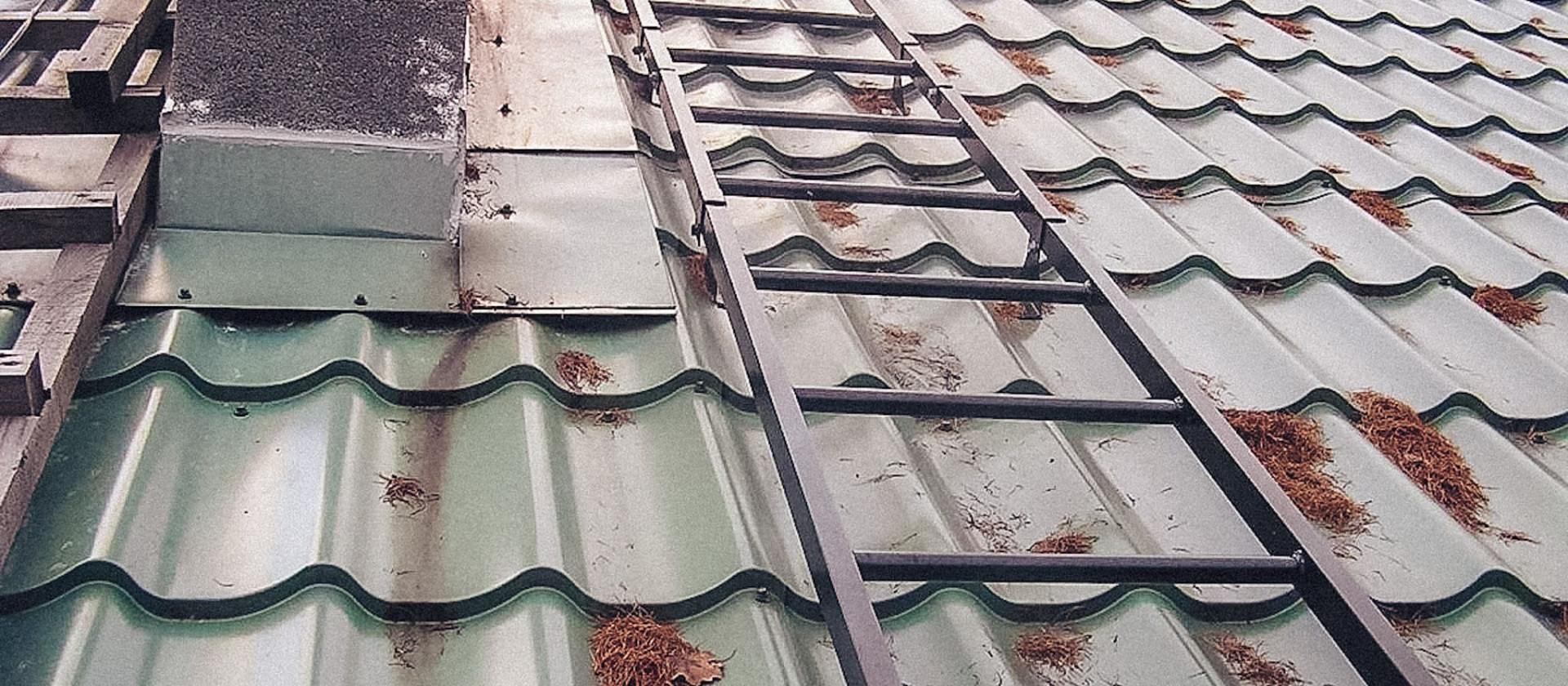 Any scratch becomes a rust center. Fastening points, cuts, transport damage suffer especially. In coastal zones, the problem is aggravated by salt air. Solution: immediate treatment of damage with anti-corrosion paint, use of quality screws with EPDM gaskets.
Any scratch becomes a rust center. Fastening points, cuts, transport damage suffer especially. In coastal zones, the problem is aggravated by salt air. Solution: immediate treatment of damage with anti-corrosion paint, use of quality screws with EPDM gaskets.
Coating fading
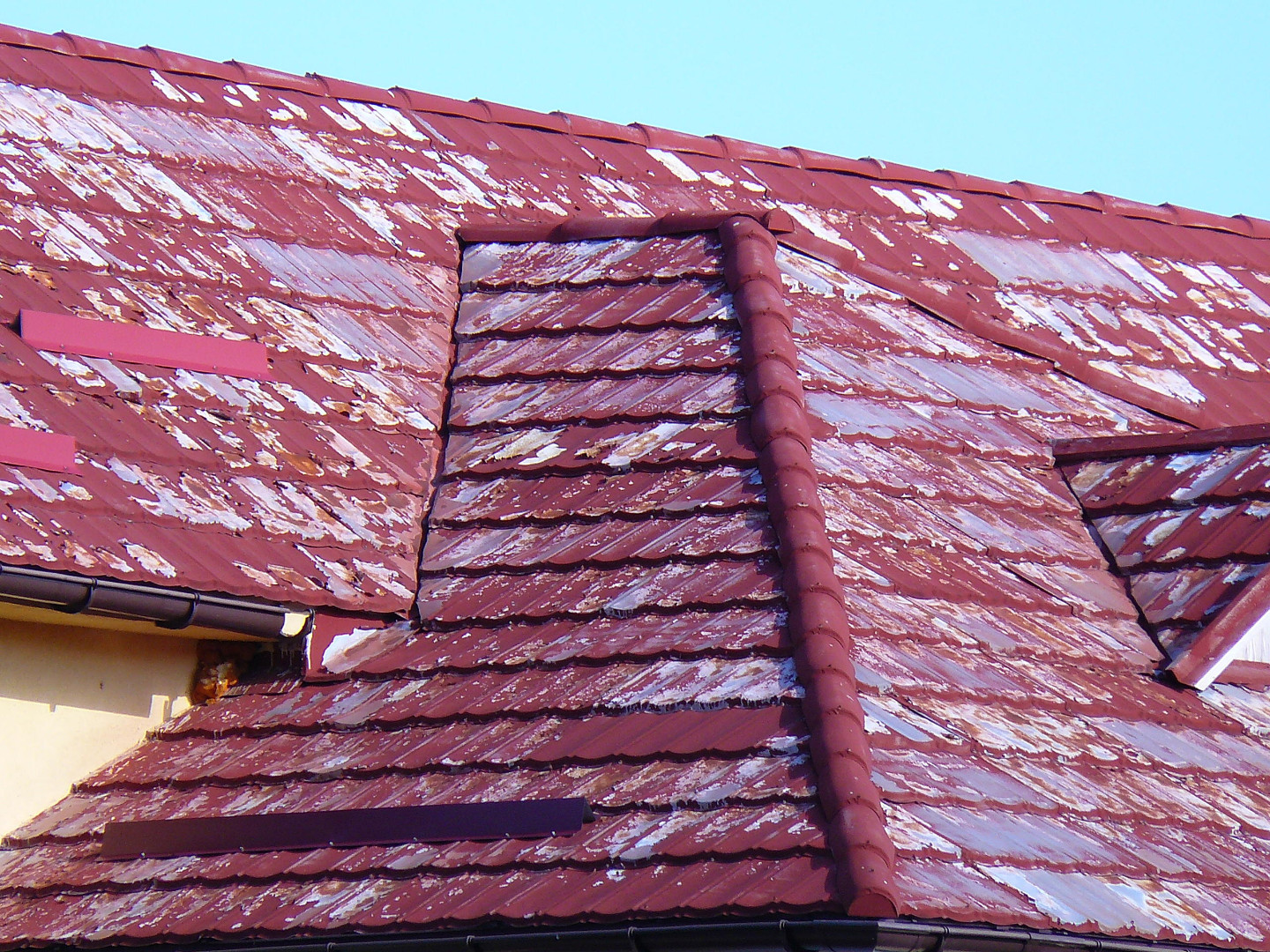 After 8-12 years, cheap coatings fade unevenly - the roof becomes spotted. Especially noticeable on red and blue shades. Solution: choosing PVDF coatings (Kynar 500) with 15-20 year color fastness warranty instead of cheap polyester.
After 8-12 years, cheap coatings fade unevenly - the roof becomes spotted. Especially noticeable on red and blue shades. Solution: choosing PVDF coatings (Kynar 500) with 15-20 year color fastness warranty instead of cheap polyester.
Problems in heat and cold
In summer, metal heats up to 70-80°C, in winter it cools quickly. Without insulation, it's impossible to stay under the roof. Thermal expansion causes characteristic clicks and cracks. Solution: quality insulation 200-250 mm in northern regions, proper expansion joints during installation.
Large waste on complex roofs
On multi-gable roofs, waste reaches 15-25% of material even with competent cutting. Metal tile scraps are difficult to reuse due to specific geometry. Solution: precise cutting at the manufacturer with 3D modeling, ordering sheets to size, using modular metal tiles for architecturally complex forms.
"When building a house in the suburbs of Salzburg, I saved on roof sound insulation - now every rain turns into serious discomfort. Had to additionally insulate the roof from inside, additional costs were €2,800. Lesson learned: better to do it right from the start." - homeowner review on a construction forum
How to minimize problems
Knowing about disadvantages in advance, you can take preventive measures and avoid disappointments.
- Set aside 15-20% of budget for sound insulation - this is not luxury but necessity
- Choose PVDF coating - overpaying 30-40% pays off with durability
- Demand quality certificates - cheap metal tiles from thin steel will serve half as long
- Use only branded fasteners - saving on screws leads to leaks
- Plan maintenance - inspection and touch-up of damage every 3-5 years
Metal roofing requires respect for technology, but with the right approach serves for decades without serious problems.
External links and sources
Research on metal roofing energy efficiency in hot climates shows significant savings potential (Energy performance of school roofing materials). Comparative analysis of energy-efficient roofing material costs confirms the economic advantages of metal coatings (Cost Comparison Research).
Conclusion
Metal roofing in 2025 represents a high-tech industry with a wide spectrum of solutions. From affordable corrugated sheeting to premium zinc-titanium alloys - each material has its niche and economic justification.
2026 trends point to growing popularity of intelligent roofing systems and environmentally clean materials. Investments in quality metal roofing pay off through energy efficiency, minimal maintenance and high durability. The right choice of material considering climate, budget and architectural requirements ensures optimal cost-quality ratio for decades ahead.
Key conclusions:
- Aluminum - optimal price/quality ratio for most projects
- Zinc - best choice for premium segment with minimal maintenance
- Copper - investment in unique aesthetics and century-long durability
- Galvanized steel - basic solution for limited budget
